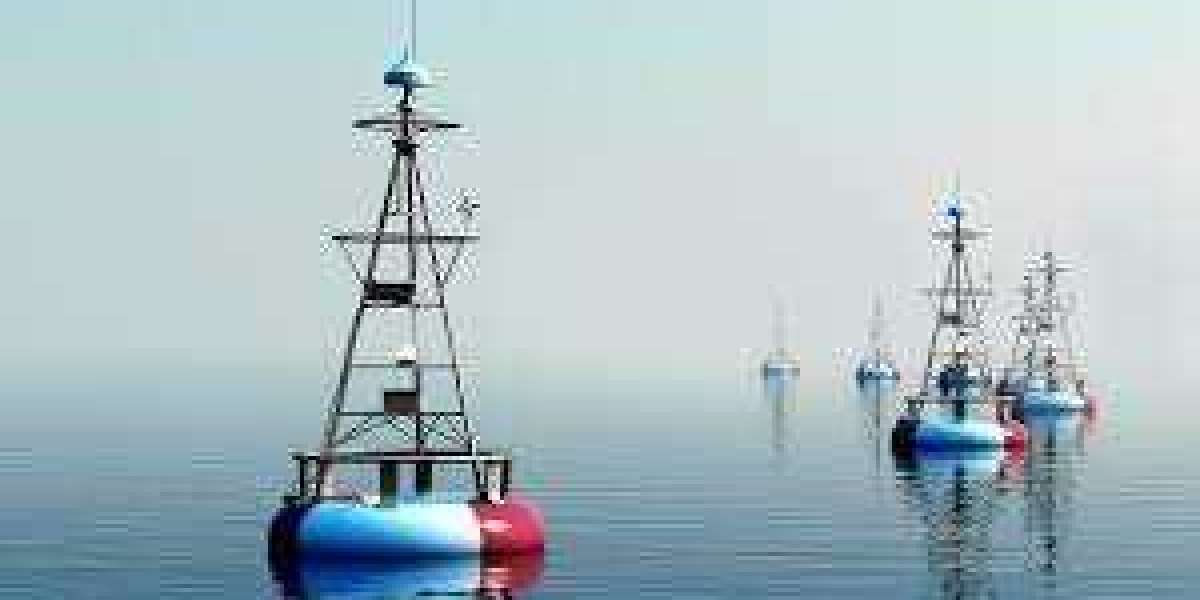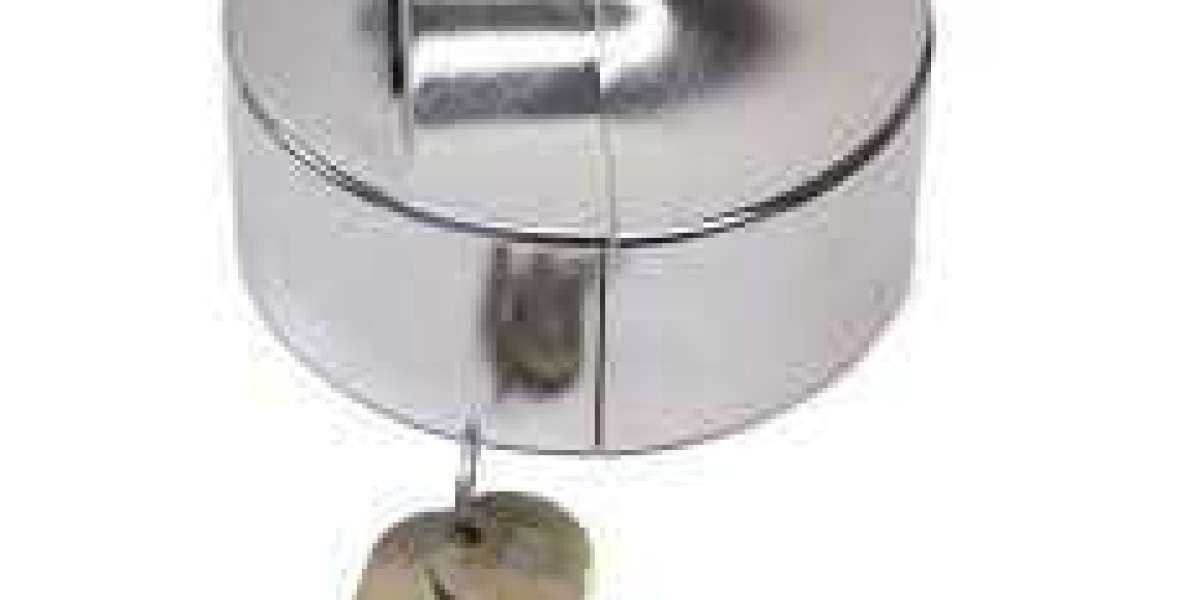There are several common types of water quality monitors that are used to measure various parameters and indicators of water quality. Here are the key types:
Multiparameter Water Quality Monitors: These monitors are capable of measuring multiple parameters simultaneously. They often include sensors for parameters such as pH, temperature, dissolved oxygen (DO), conductivity, turbidity, and oxidation-reduction potential (ORP). Multiparameter monitors are versatile and widely used in various water monitoring applications.
pH Meters: pH meters are designed specifically to measure the acidity or alkalinity of water. They utilize a glass electrode combined with a reference electrode to measure the pH level. pH meters are commonly used in aquaculture, environmental monitoring, and water treatment processes.
Dissolved Oxygen (DO) Meters: DO meters are used to measure the concentration of oxygen dissolved in water. They are crucial in assessing water quality monitor as oxygen is essential for aquatic organisms. DO meters can be optical, using luminescent technology, or electrochemical, relying on an oxygen-permeable membrane and an electrode.
Turbidity Meters: Turbidity meters are used to measure the clarity of water by detecting the presence of suspended particles. They work by emitting light and measuring the amount of light scattered by the particles in the water. Turbidity meters are commonly used in drinking water treatment plants, environmental monitoring, and research studies.
Conductivity Meters: Conductivity meters measure the electrical conductivity of water, which is an indicator of the water's ability to conduct an electrical current. Conductivity is influenced by the presence of dissolved ions and can be used to assess the salinity or total dissolved solids (TDS) in water. These meters are widely used in agriculture, hydroponics, and freshwater and marine research.
Chlorine Test Kits: Chlorine test kits are used to measure the concentration of free chlorine and total chlorine in water. They typically use chemical reagents that produce a color change, indicating the chlorine levels. These test kits are commonly used in swimming pools, spas, and water treatment facilities.
Nitrate and Nitrite Test Kits: These test kits are used to measure the levels of nitrate and nitrite ions in water. Nitrate and nitrite are important indicators of water pollution, particularly from agricultural runoff and wastewater discharges. Test kits often utilize colorimetric methods to determine nitrate and nitrite concentrations.
Bacterial Test Kits: Bacterial test kits, such as coliform or E. coli test kits, are used to detect the presence of bacteria in water. These kits employ specific nutrients and indicator substances that react with bacterial enzymes or metabolites, producing a visible color change or fluorescence. Bacterial test kits are commonly used in drinking water analysis and recreational water monitoring.
Heavy Metal Test Kits: Heavy metal test kits are designed to detect the presence of toxic metals such as lead, mercury, arsenic, and cadmium in water. These kits often use chemical reagents or strips that change color in the presence of specific heavy metals. They are important tools for environmental monitoring and industrial wastewater testing.
Remote Water Quality Monitoring Systems: These systems utilize various sensors and instruments to continuously monitor water quality in real time. They are often equipped with data loggers and telemetry systems to transmit the collected data to a central server for analysis and decision-making. Remote monitoring systems are useful for long-term monitoring of water bodies, particularly in remote or inaccessible locations.
It's important to note that different water quality monitors may have varying levels of accuracy, sensitivity, and suitability for specific applications. Therefore, it's crucial to select the appropriate type of monitor based on the specific monitoring needs and the parameters of interest.








